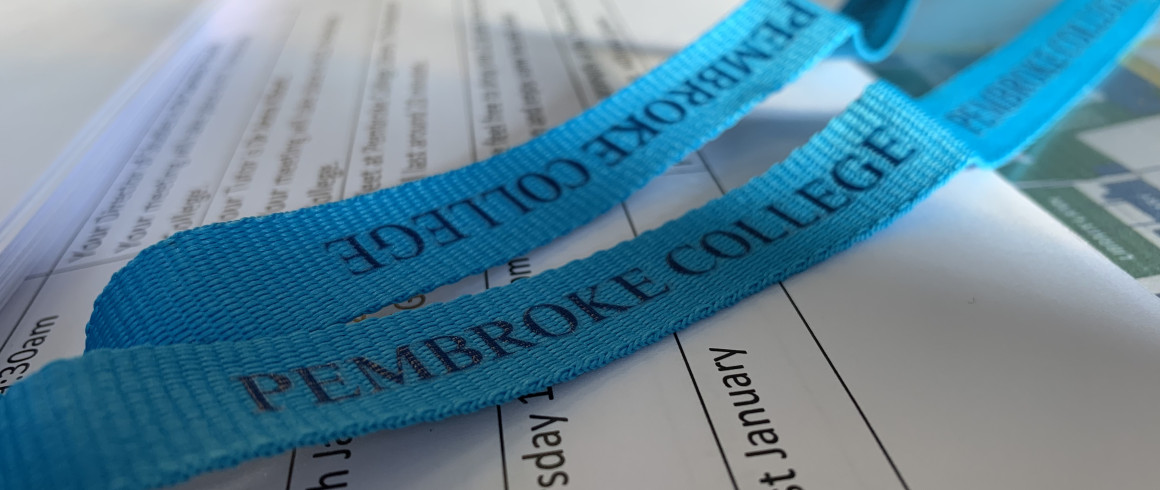The Behavioural Ecology of Animals and Humans
Animals exhibit an enormous variety of physical characteristics, social systems, and patterns of behaviour. Some live their entire lives in solitude, coming together with other members of their species only to mate. Others, like ourselves, are deeply sociable, living in groups characterised by both conflict and cooperation. Evolution provides the key to understanding this diversity. Those individuals that are best able to exploit their environments produce the most offspring, and their traits are passed on to future generations. Over time, this process of natural selection produces organisms that appear to be optimally designed for life in their particular environments. However, traits do not evolve in isolation, and characteristics that may be advantageous in one context could be a dangerous burden in others. Beautiful ornaments such as a peacock’s tail may attract sexual partners and boost reproductive success, but may also make their bearers more vulnerable to predation. Behavioural ecology seeks to understand why animals behave the way they do, taking into account these trade-offs, and the particular constraints imposed by the physical and social environment.
This course will examine how animal behaviour is shaped by evolution. We will consider a wide variety of the problems that animals have to face, including how to find sufficient food, how to avoid predation and how to choose a mate. Using examples from across the animal kingdom, we will attempt to explain many of the key puzzles of life. For example, how do parents decide how much food to give to each offspring, and how much to save for themselves? Why might animals forego reproduction and instead help to raise the offspring of others? How do animals communicate, and what determines the form of the signals they use? Evolutionary theory allows us to make and test predictions about these and other questions. By comparing the behaviour of different species, and using controlled field and laboratory experiments, we are able to find solutions to many problems raised by the study of animal behaviour. Throughout the course, and in the final lecture, we will consider the extent to which the behavioural ecology approach can help us to understand the behaviour of our species.
Course Objectives
- To introduce the idea that natural selection provides the mechanism by which adaptations evolve
- To show that the principle of natural selection can help us to interpret many aspects of animal behaviour
- To critically analyse attempts to apply the ideas we cover in lectures to human behaviour
Intended Audience
Anybody interested in why peacocks have brightly coloured tails, why male seahorses give birth, why meerkats look after babies that aren’t their own and why people are so peculiar.
Previous Knowledge
This course has no pre-requisite requirements beyond an interest in understanding why humans and other animals behave the way they do. It is, however, recommended that students read the pre-course text listed in the reading list below to familiarise themselves with the general topic before beginning the course.
Transferable Knowledge and Skills
You will learn how to assess evidence, evaluate scientific hypotheses, design your own research programme and develop analytical skills that will be valuable in many walks of life. An understanding of the evolutionary basis of behaviour will be of great use to anybody interested in economics, psychology, anthropology and the conservation of biodiversity.
Dr Ian Harvey
Dr Ian Harvey became interested in behavioural ecology when reading the first edition of Krebs & Davies’ seminal behavioural ecology text whilst sheltering from the pouring rain in a tent on the Isle of Mull. As a result of this, he completed a PhD on the behavioural ecology of dragonflies and damselflies. His subsequent research has concentrated on insect behavioural ecology, particularly sexual selection in odonates and the foraging behaviour of parasitoids.
More recently he has been part of a large project investigating the potential impacts of global warming on freshwater ecosystems, where his role has been to provide an invertebrate population biology perspective. He has extended experience of teaching behavioural ecology at undergraduate and graduate level and has supervised more than twenty PhD students.
